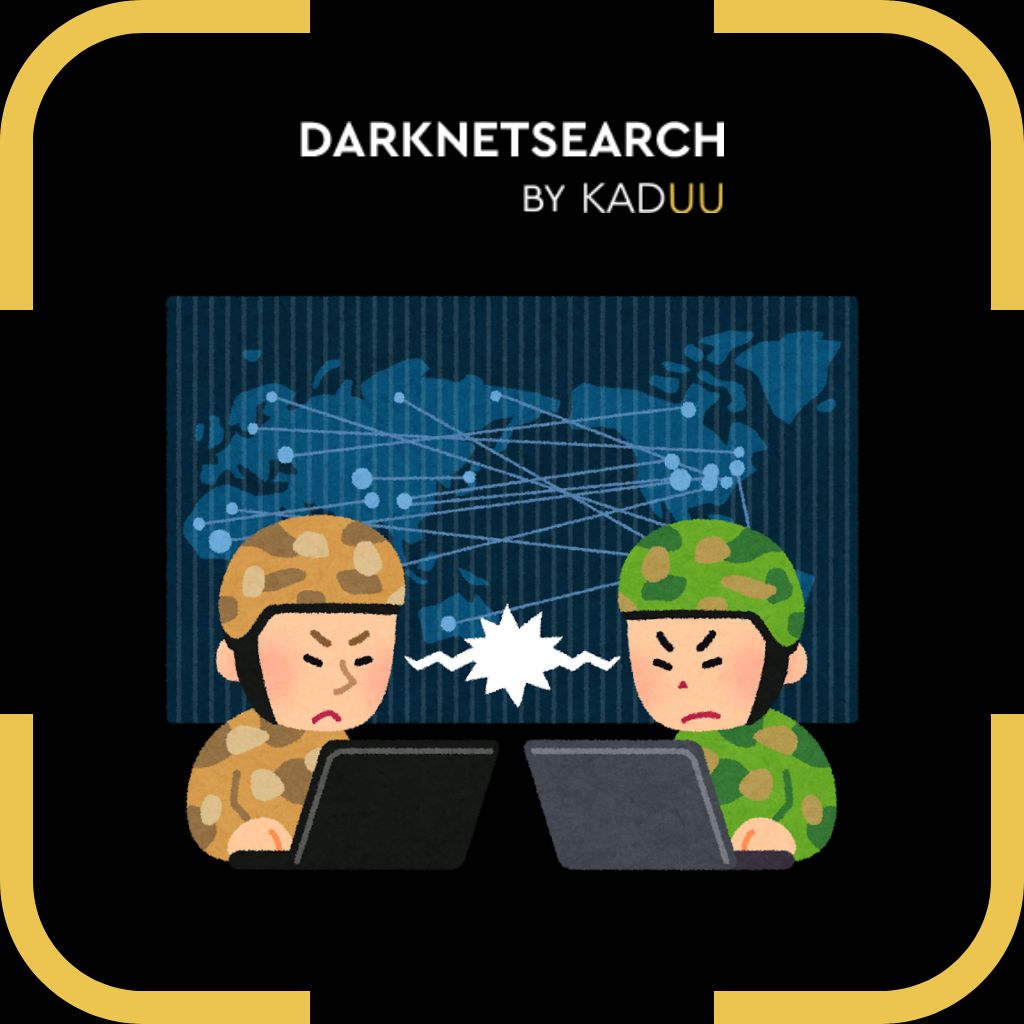➤Summary
In the modern era of digital warfare, one of the most alarming ripple effects of geopolitical tensions is their impact on critical infrastructure cybersecurity. As tensions between Iran and Israel escalate, cybersecurity experts and national security officials in the United States are sounding the alarm 🚨. The concern is no longer confined to the Middle East. The threat landscape is shifting rapidly, and U.S. infrastructure may be in the crosshairs.
Cyberattacks targeting power grids, water utilities, transportation systems, and healthcare networks are no longer hypothetical. They are becoming a primary tactic for hostile states and organized threat actors seeking disruption, political influence, or financial gain.
This article explores how conflicts abroad — especially the current Iran-Israel situation — heighten the risks faced by the U.S., how adversaries are weaponizing the digital domain, and what measures companies and governments must take now to bolster their cyber defenses.
How Global Conflicts Escalate Cyber Risks Domestically
The interconnected nature of cyber systems means that cybersecurity threats abroad quickly become domestic concerns. When Iranian cyber units or affiliated groups retaliate against Israeli assets, there is a high likelihood that they will also probe and exploit American systems. This is often done either in solidarity, or to punish U.S. allies and influence foreign policy decisions.
According to data from CISA and NSA, U.S. companies operating in critical sectors have seen a marked increase in scanning activity and attempted intrusions 🔍 since early 2024, aligning with spikes in tension in the Middle East.
What Is Critical Infrastructure and Why It Matters
The Department of Homeland Security defines critical infrastructure as the systems and assets so vital to a country that their incapacity would have a debilitating effect on security, the economy, and public health.
These sectors include:
- Energy (power plants, pipelines)
- Financial services
- Communications
- Water and wastewater systems
- Healthcare
- Transportation
- Government services
A successful attack on any one of these sectors could paralyze communities, impact millions, and trigger long-term economic disruption.
Real-World Examples of Infrastructure Attacks ⚡
The U.S. is no stranger to these kinds of attacks:
- Colonial Pipeline (2021): A ransomware attack disrupted fuel supplies across the Southeast.
- Oldsmar, Florida (2021): A water treatment plant was hacked in an attempt to poison the supply.
- Ukraine (2015-2016): Russian hackers knocked out power for hundreds of thousands, a preview of tactics likely to be used elsewhere.
These examples show how attackers go beyond espionage or data theft, aiming for direct societal harm.
Why Iran Is a Growing Threat in 2025
Iran has rapidly matured as a cyber adversary. Its offensive cyber capabilities are now ranked among the top five globally. It leverages both state-sponsored groups like APT33 and freelance collectives like “Imperial Kitten” to wage asymmetric warfare against stronger nations.
Recent analysis from DarknetSearch indicates that Iranian-linked actors have intensified credential harvesting and access sales on dark web forums. This indicates preparation for long-term infiltration campaigns against Western infrastructure providers.
Key Cyber Tactics Used in State-Backed Campaigns
Cyber threat actors aligned with hostile regimes often deploy:
- Credential stuffing using breached accounts from past leaks
- Spear phishing campaigns against employees with elevated access
- Zero-day exploits targeting SCADA systems or legacy software
- Supply chain compromises to piggyback on trusted vendors
- Data wipers and ransomware as decoys or cover for espionage
These operations are stealthy, multi-phased, and difficult to attribute in real-time.
How the Dark Web Fuels Attack Planning
Much of the planning for critical infrastructure attacks happens in underground spaces. The dark web is a marketplace for:
- Leaked employee credentials
- Remote access tools (RATs)
- Malware-as-a-Service subscriptions
- Target lists of vulnerable ICS/OT systems
A recent report exposed thousands of stolen utility credentials being shared in Telegram groups used by Iranian and Russian actors. The monetization of such data creates incentives beyond politics — it becomes a business.
U.S. Government and Private Sector Response
The U.S. has taken several steps to strengthen critical infrastructure cybersecurity:
- CISA Shields-Up alerts
- Executive Order 14028 requiring zero trust implementation
- NIST Cybersecurity Framework 2.0 guidance
- Sector-specific threat sharing hubs
However, compliance gaps remain. Many MSSPs (Managed Security Service Providers) and infrastructure operators still rely on outdated firewalls or limited monitoring tools. Proactive threat intelligence integration is lacking.
Expert Perspective — The Time to Act Is Now
According to Dr. Rachel Feinberg, cybersecurity strategist at Johns Hopkins APL, “Most of our national infrastructure was never designed with cyber resilience in mind. That’s why threat modeling and live simulations are now essential.”
She also stresses that the private sector cannot wait for federal alerts. “Your SOC needs to be threat-hunting every day, not just reacting when something goes wrong.”
The Cost of Inaction ❌
IBM estimates the average cost of a critical infrastructure breach exceeds $5.5 million. But beyond financials, the reputational damage and recovery time (often 200+ days) are equally concerning.
The 2023 attack on a Midwestern power distributor, which remained undisclosed for over six weeks, shows that silence and under-preparation lead to greater systemic risk.
Practical Advice for Infrastructure Providers 📆
Here’s a quick checklist for companies managing critical infrastructure:
- Is multifactor authentication enforced across all access points?
- Are you monitoring for leaked credentials using platforms like DarknetSearch.com?
- Have you conducted tabletop exercises simulating Iran-backed ransomware?
- Do you segment ICS/OT networks from the internet?
- Are employee cyber hygiene practices regularly reviewed?
- Is incident response tested quarterly?
A “no” to any of these = urgent priority.
The Role of MSSPs in Reducing Attack Surface
Managed security providers are playing a bigger role in 2025. Leading MSSPs are offering:
- Threat intelligence feeds integrated with SIEM/SOAR
- Attack surface mapping tools
- 24/7 SOC support with multilingual analysts
- Domain spoofing monitoring
- Dark web surveillance for credential leaks
Providers like DarknetSearch have specialized in detecting infrastructure exposures tied to politically motivated threat groups.
International Cooperation Is Critical
Cybersecurity is not bound by borders. U.S. and EU partnerships like ENISA-CISA intelligence exchanges, NATO’s Cyber Defense Center, and Five Eyes alliance data sharing are crucial to track Iranian and proxy APTs.
But cooperation must extend to the private sector. That’s why public-private intelligence fusion centers are gaining traction.
Future Outlook: Conflict-Driven Cyber Evolution 🚀
As geopolitical tensions increase, so does the sophistication of cyber threats. We can expect:
- More attacks on soft targets (e.g., regional hospitals)
- Deepfakes and disinformation paired with infrastructure sabotage
- Emergence of AI-driven cyberattacks that bypass legacy defenses
- Increased use of zero-day exploits via dark web brokers
Frequently Asked Questions
Can U.S. infrastructure really be hacked by Iran?
Yes, multiple assessments confirm capability and intent. Iran has already attempted small-scale breaches on U.S. water and power utilities.
What are the signs of a pending cyberattack?
Unusual login attempts, phishing spikes, increase in reconnaissance activity, or sudden dark web chatter mentioning your company.
How fast should we respond to indicators of compromise?
Response should begin within minutes, not hours. Automated containment and MDR support help reduce dwell time.
Are there insurance options for infrastructure attacks?
Yes, but cyber insurance policies now require proof of strong controls and active monitoring.
Is critical infrastructure regulated for cybersecurity?
Yes, through NERC CIP (energy), HIPAA (healthcare), TSA directives (transport), etc.
Conclusion: Vigilance Must Become the Standard 🚫
The Iran-Israel conflict has revealed just how quickly foreign hostilities can lead to domestic cyber chaos. U.S. critical infrastructure is an increasingly attractive target — not just for geopolitical leverage but for data, disruption, and financial gain.
Organizations must evolve beyond compliance. They need threat intelligence, attack surface mapping, and real-time defense capabilities.
🔗 Discover much more in our full guide to threat monitoring
🚀 Request a demo NOW to assess your exposure
Your data might already be exposed. Most companies find out too late. Let ’s change that. Trusted by 100+ security teams.
🚀Ask for a demo NOW →Q: What is dark web monitoring?
A: Dark web monitoring is the process of tracking your organization’s data on hidden networks to detect leaked or stolen information such as passwords, credentials, or sensitive files shared by cybercriminals.
Q: How does dark web monitoring work?
A: Dark web monitoring works by scanning hidden sites and forums in real time to detect mentions of your data, credentials, or company information before cybercriminals can exploit them.
Q: Why use dark web monitoring?
A: Because it alerts you early when your data appears on the dark web, helping prevent breaches, fraud, and reputational damage before they escalate.
Q: Who needs dark web monitoring services?
A: MSSP and any organization that handles sensitive data, valuable assets, or customer information from small businesses to large enterprises benefits from dark web monitoring.
Q: What does it mean if your information is on the dark web?
A: It means your personal or company data has been exposed or stolen and could be used for fraud, identity theft, or unauthorized access immediate action is needed to protect yourself.


